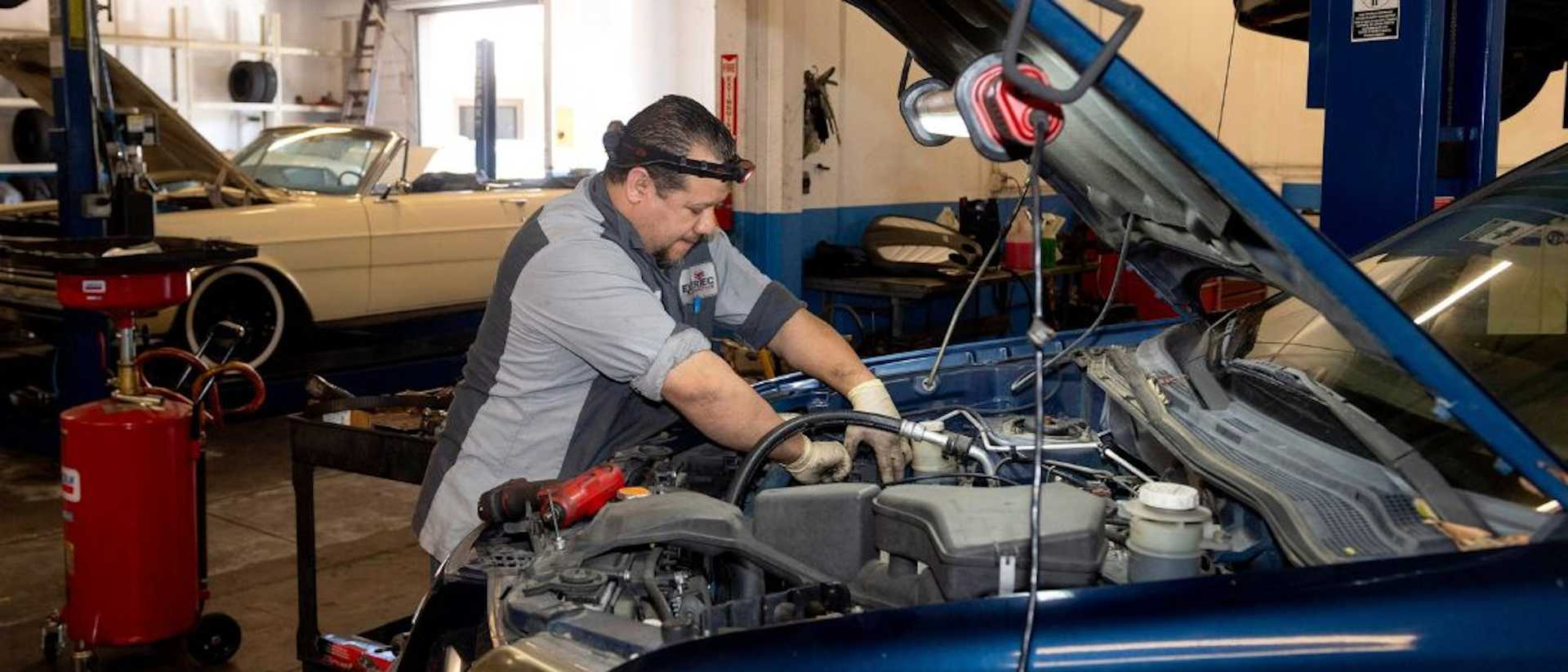What's The Difference Between Fixed & Variable Loans?
%2B(1).jpg)
When you're looking for a new loan, it's important to understand the difference between fixed and variable interest rates. That's because the type of interest rate can greatly impact the overall cost of your loan. In this article, we'll break down the key differences between fixed and variable loans, as well as their respective advantages and disadvantages. By the time you're finished reading, you'll be well-equipped to make an informed decision about which type of loan is best for your needs.
The difference between fixed-rate and variable loans
A fixed interest rate means that the interest rate on your loan will remain constant throughout the entire repayment period. This can provide stability and predictability in terms of your monthly payments. With a variable interest rate, your payments could change each month based on current market conditions. This could save you money if rates go down, but it could also mean higher payments if rates rise.
To keep an eye on variable rates, it's important to regularly monitor the Lenders' Interest Rates as published by the Reserve Bank of Australia.
Keep reading as we discuss the advantages and disadvantages of fixed and variable loans!
Advantages of fixed-rate loans
Many people find the security of a fixed-rate loan to be its biggest advantage. With this type of loan, there are no surprises in terms of how much your monthly payment will be. This can be helpful in budgeting and planning for other expenses. Additionally, a fixed-rate loan offers protection against increasing interest rates. If rates go up after you take out a loan, you will not be affected because your rate is already locked in. For these reasons, fixed-rate loans are often the best option for those who want the stability and predictability of knowing exactly what their monthly payments will be.
Disadvantages of fixed-rate loans
One potential downside of fixed-rate loans is that they often come with higher interest rates, at least initially. This means that it may cost more in the short term compared to a variable-rate loan. Additionally, if interest rates go down after you take out a fixed-rate loan, you may end up paying more in the long term than if you had chosen a variable-rate loan.
For example, fixed rate personal loans of $10,000 with an interest rate of 6% could potentially cost more in total interest over the life of the loan If interest rates fall to 4%.
Advantages of variable-rate loans
The main advantage of a variable-rate loan is the potential for lower interest rates in the short term. This could save you money on your monthly payments, at least initially. Additionally, a variable-rate loan offers the potential for even lower rates in the future if market conditions improve.
If you're looking for short-term savings, a variable-rate loan may be the right option for you. Because your interest rate can change each month, you have the potential to save money on your monthly payments if rates go down. Additionally, a variable-rate loan offers the flexibility to adjust your payments if your financial situation changes.
Disadvantages of variable-rate loans
It's important to keep in mind that a variable-rate loan comes with some risk. If interest rates go up, your monthly payments could increase as well. This can make budgeting and planning difficult, as you never know how precisely much your monthly payment will be. Say, for instance, you took out a variable interest rate loan of $10,000 at a rate of 2.5%. If the interest rate rises to 3%, your monthly payment would increase from $212 to $225. Whilst this might not seem like a huge increase, it can certainly add up over the life of the loan.
4 tips to help you decide whether fixed or variable is best for you
1. Consider your risk tolerance
Are you comfortable with the potential for higher monthly payments in exchange for the possibility of lower rates in the future? Or do you prefer the stability and predictability of fixed-rate loans?
2. Think about your loan term
If you plan on keeping the loan for a longer period of time, a fixed-rate loan may be a better option to protect against potential increases in interest rates. However, if you plan on paying off the loan sooner rather than later, the potential for lower rates in the short term with a variable-rate loan may be worth considering.
3. Evaluate current market conditions
Do some research on interest rates and consider how likely it is that they will increase or decrease in the near future. This can help inform your decision on whether a fixed or variable-rate loan is a better option.
4. Consider your financial situation
Do you have a stable, predictable income? Are you confident in your ability to budget and make loan payments, even if they were to increase in the future? These are important factors to consider when deciding which type of loan is best for you.
.png)
Is it better to have a fixed or variable loan?
When thinking about the difference between fixed and variable rate loans and what type of loan is best for your unique circumstances, consider the words of Warren Buffett, who once said: "Only when the tide goes out do you discover who's been swimming naked." In other words, it's important to plan for potential changes in the market and anticipate how they may affect your loan payments. Ultimately, there is no one-size-fits-all answer to whether fixed or variable loans are better – it depends on your individual risk tolerance, financial situation, and current market conditions. Taking the time to carefully consider these factors can help you make the best decision for your specific circumstances.
If you're looking to finance a new car, Driva can help you find the best car loan options to suit your needs. With fixed rates and variable-rate loans available, we can help you find a loan that gives you the flexibility you need. We'll also do all the necessary checks to make sure you're likely to be approved for the loan, so you don't have to worry about your credit score. Once you've found your perfect car, we can release the funds quickly so you can hit the road as soon as possible.
Plus, with our handy car finance calculator, you can estimate your potential monthly repayments and find the right loan for you. Visit Driva's website to learn more about our car loan options and apply today.
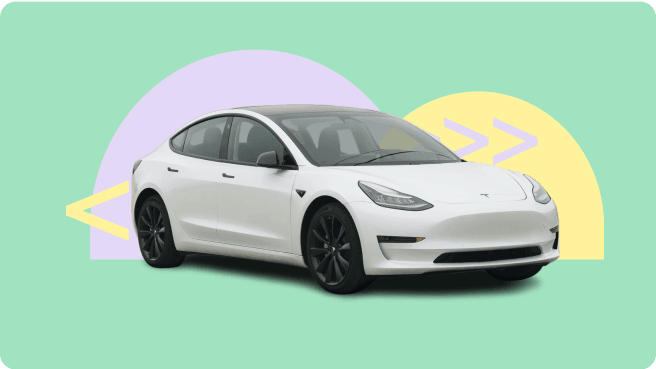
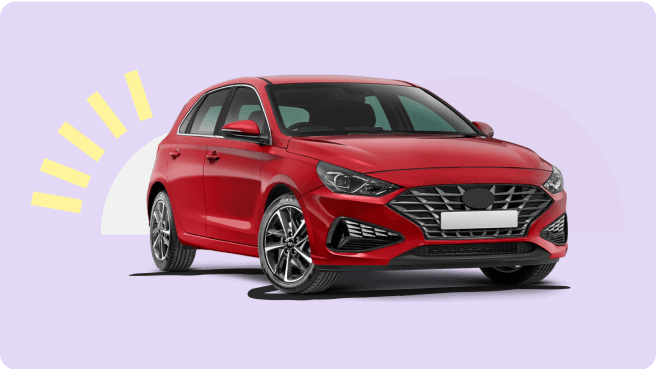
.png)

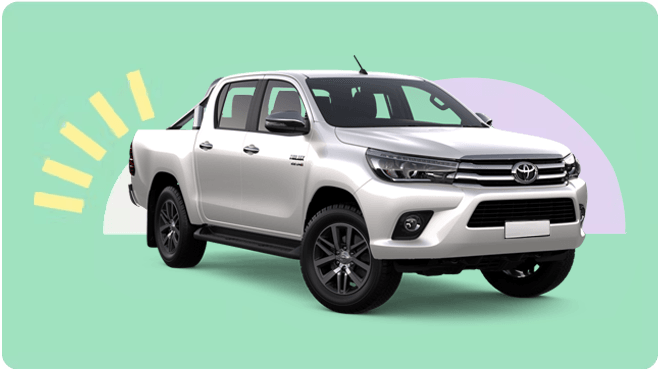
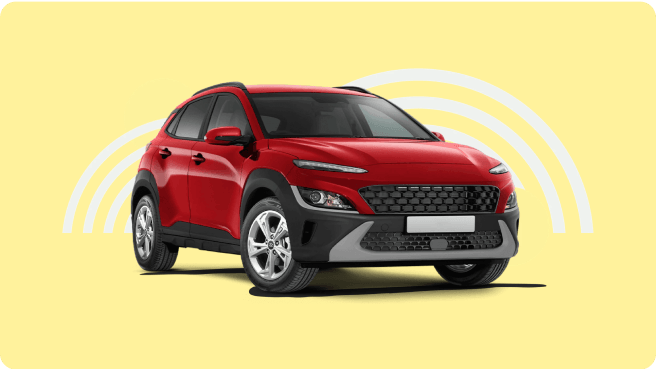
.jpeg?ixlib=gatsbyFP&auto=compress%2Cformat&fit=max&rect=0%2C0%2C800%2C800&w=500&h=500)

